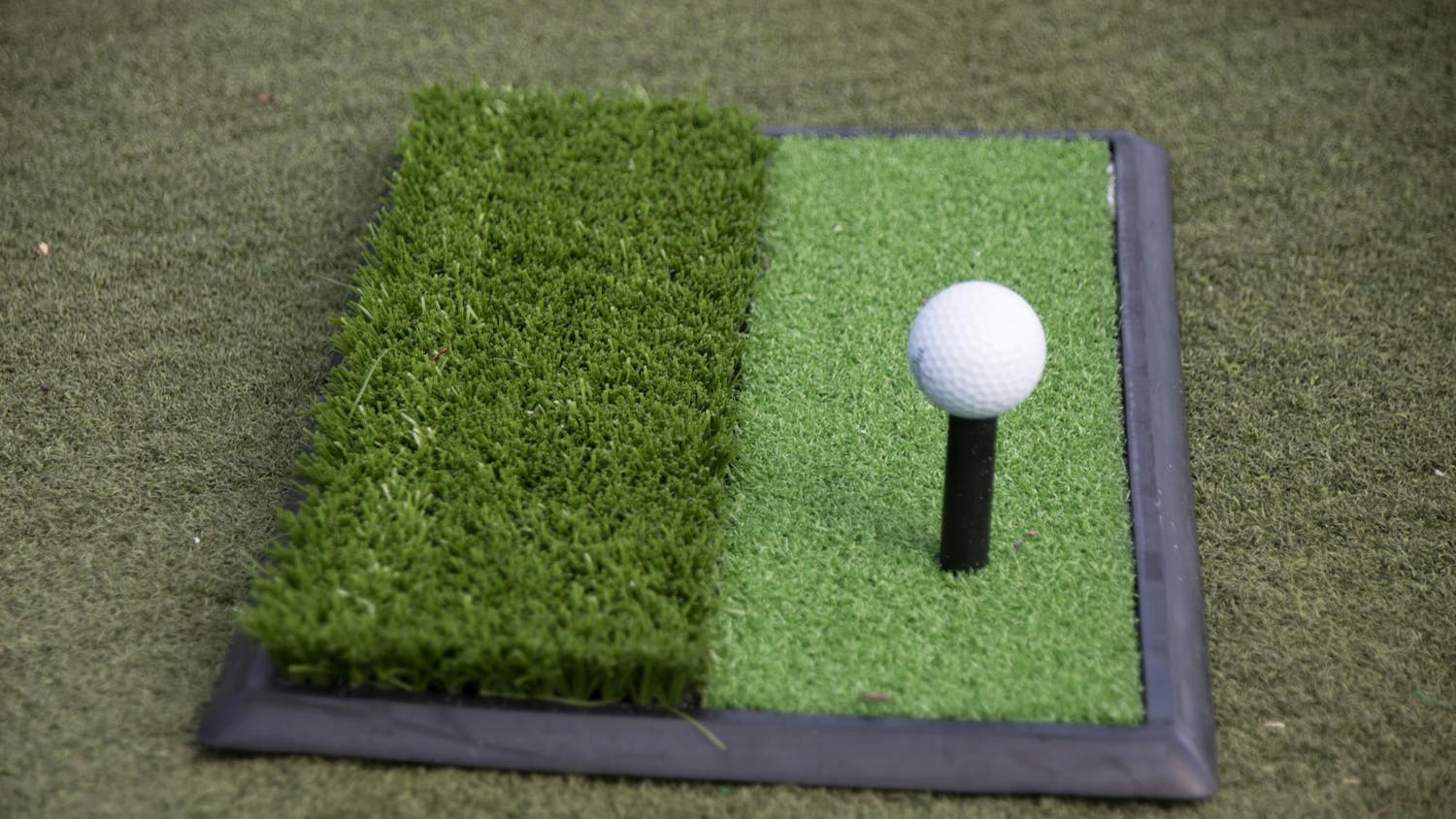Ten minutes into shopping at the House of Vintage and I was already complaining about feeling myself get sick from all the germs I was convinced were around. But despite my germaphobic concerns and general distaste for recycled clothing, joining my friends to find hidden treasures and experiencing the culture of sustainable fashion was truly eye-opening. The House of Vintage was just one of several antique collective stores my friends and I visited in Portland, Oregon, this past spring break. After being introduced to the rising culture of sustainable fashion, I was personally inspired to re-evaluate my own values in eager anticipation of potential industry changes I hope are soon to come.
Though everyone has varying degrees of comfort in thrift shopping, I assume my wariness for strangers’ old clothing is relatively common for a lot of people I know — those of similar upbringing, socioeconomic status or cultural stigma. Through new clothes, fast fashion and brands, we’ve become dependent on this mainstream fashion industry that is convenient, but simply unsustainable and often exploitative.
Frustrated with preceding generations for having ignored climate change — especially as our current political leadership continues to maintain this outdated understanding of our environment — new generations of people are actively seeking ways to redefine our living standards. Through the efforts of social media movements and organizations dedicated to promoting sustainable living habits from food to fashion, there is hope that the social climate of our era is slowly, but surely, changing.
After returning from Portland, I immediately took to organizing my closet, making piles of clothing I would keep and donate. There were clothes I’d definitely had for years that I also hadn’t touched in years, and I got a chance to reflect on the unnecessary material and waste I had subconsciously taken part in and validated with, “But it’s so cheap.”
Upon graduation, I know I will be working with materials and manufacturing as an industrial designer. Though this industry is one heavily interconnected with mass production and consumption, I am encouraged by the new trajectory of sustainability that awareness of these issues can bring. Many of the brands we know and love like Adidas and Allbirds are investing research and development in sustainable shoes. Adidas’ recycled plastic shoes and Allbirds’ new shoe soles made from sugarcane instead of petroleum are all signs of an auspicious future of sustainable innovation.
Movements like #Wearyourvalues, featured on re/make, encourage people to educate themselves on the negative effects of fast fashion. Beyond its environmental impacts, most of our fashion industry — though predominantly female — actually disempowers women. Eighty percent of workers in the manufacturing part of fashion are women. And most of these unseen garment-makers are heavily underpaid and underrepresented.
Even for those who are less comfortable with thrift clothing, like myself, a good start is halfway to success. Just by educating oneself, shopping mindfully and supporting the growth of sustainable fashion, a change for the better is sure to come.
But it’s so cheap!
The views expressed in this column are those of the author and not necessarily those of The Observer.









